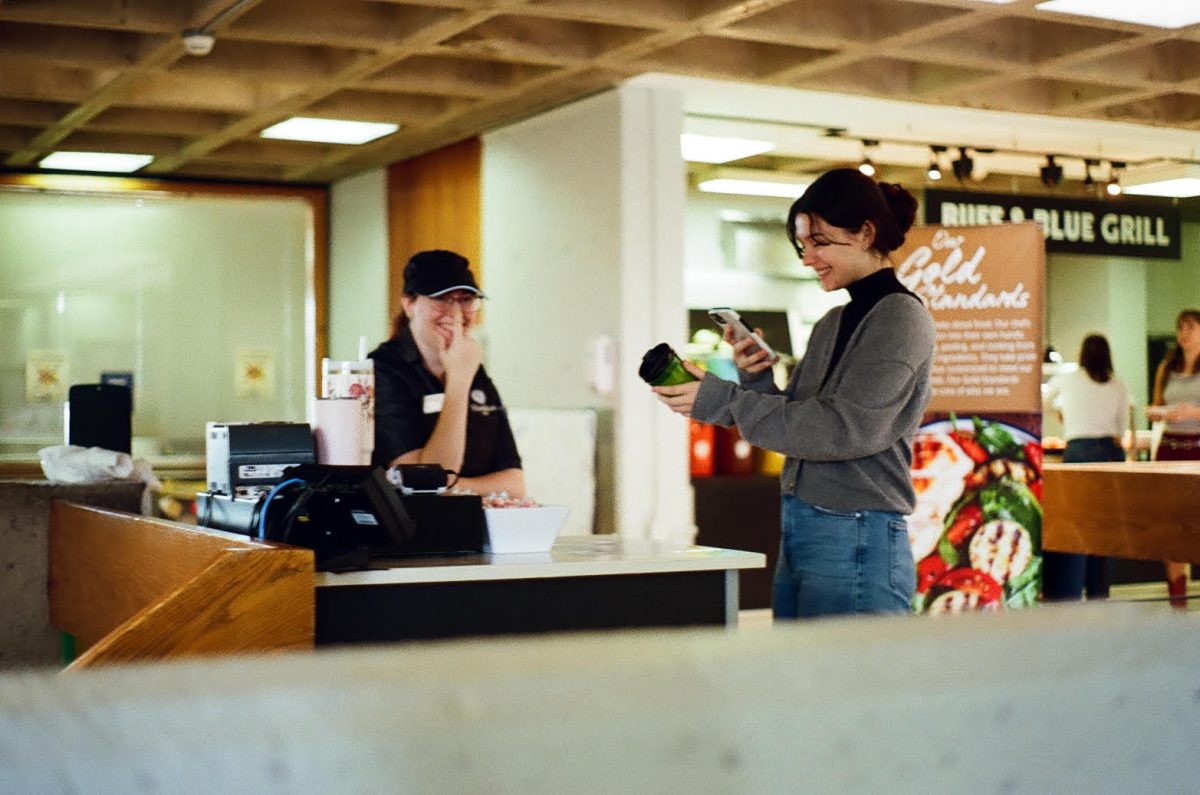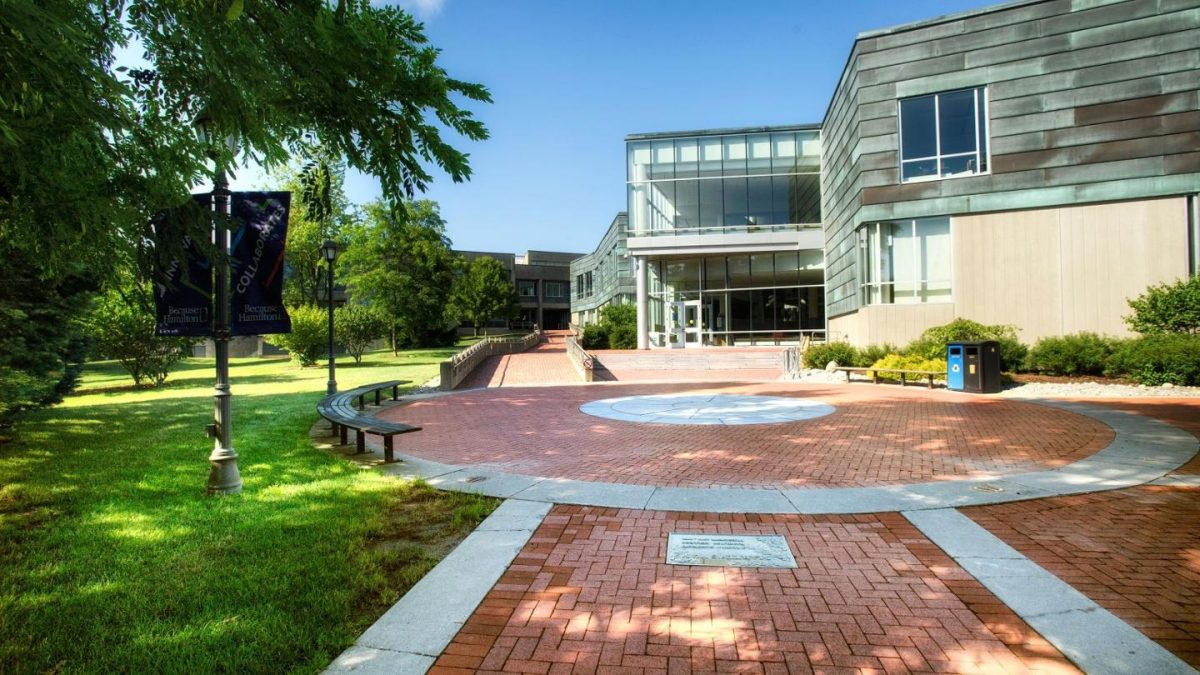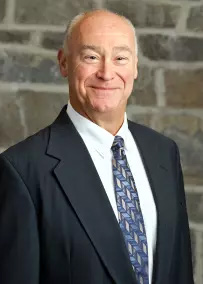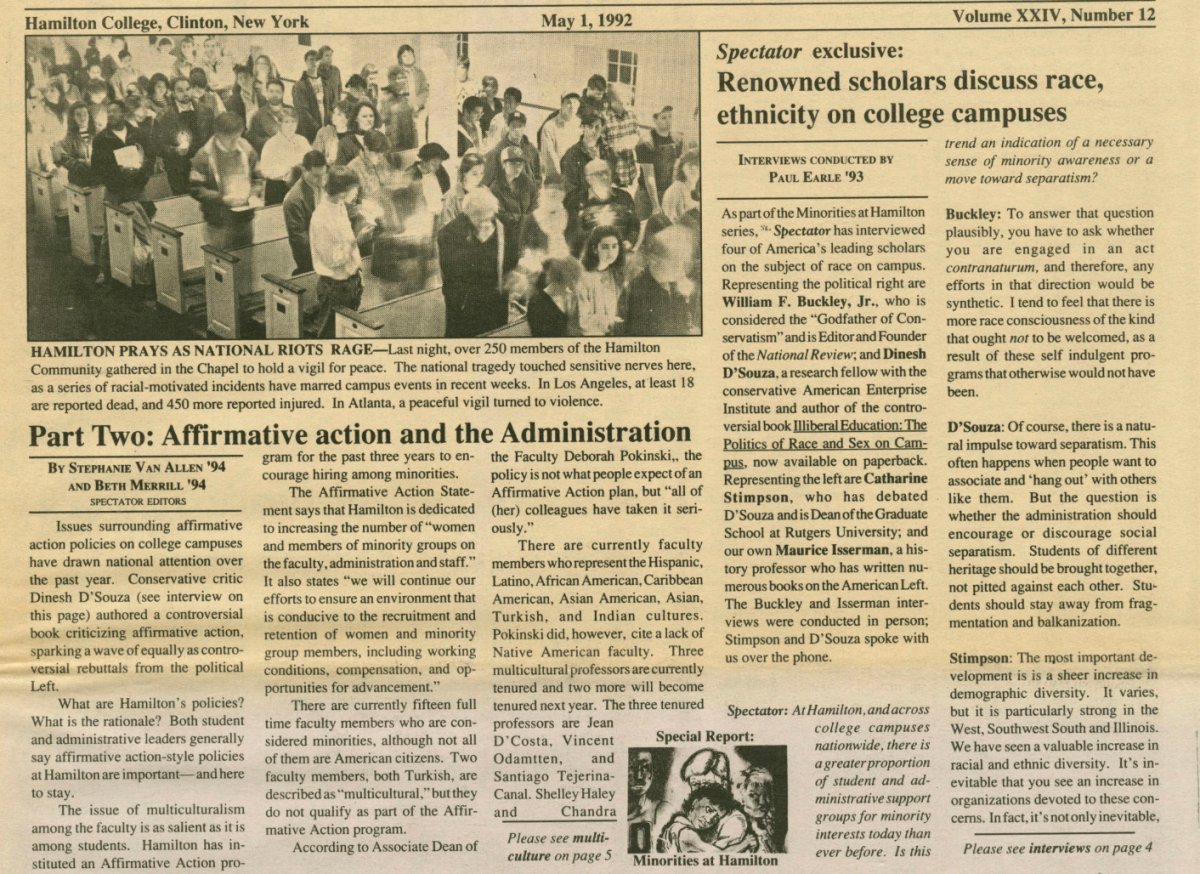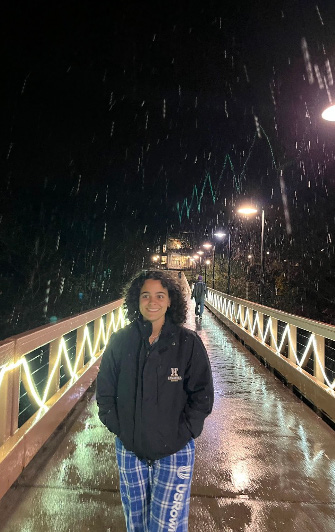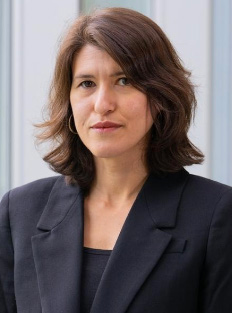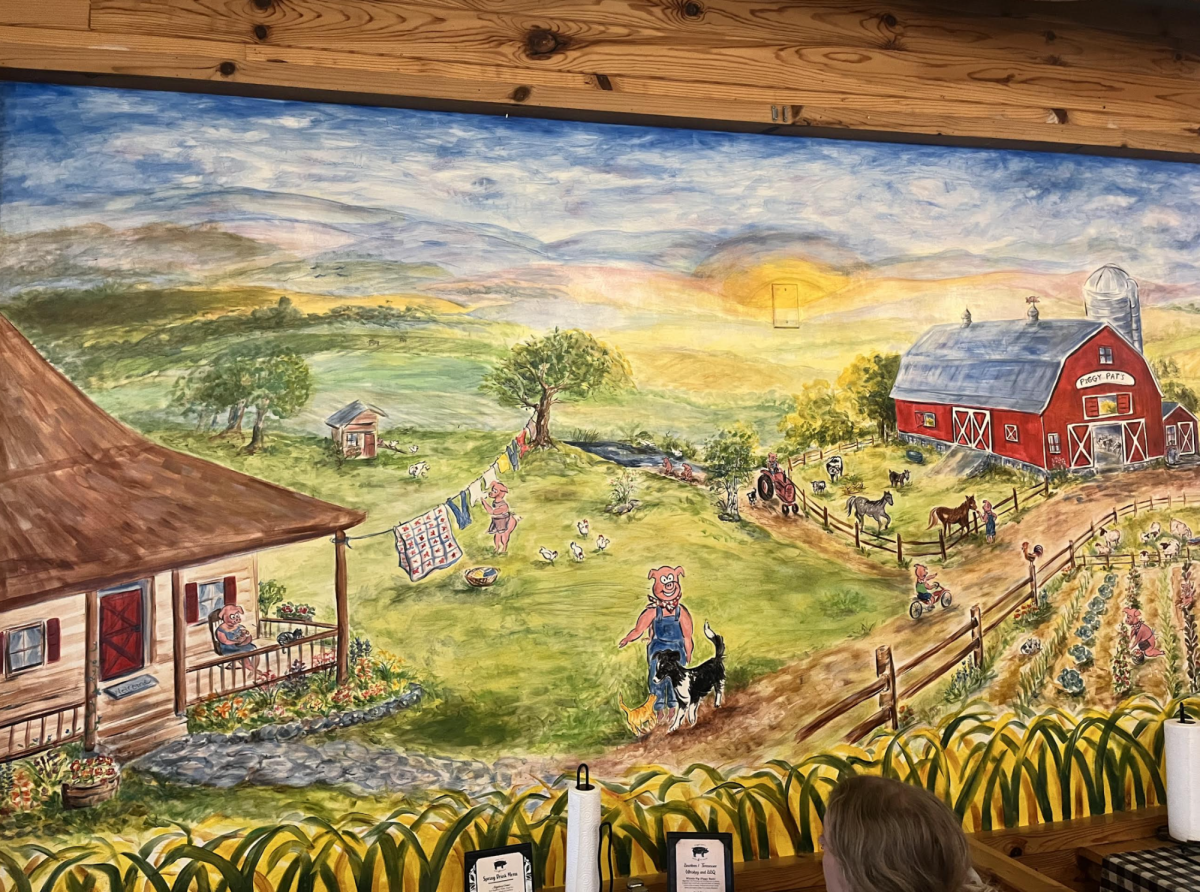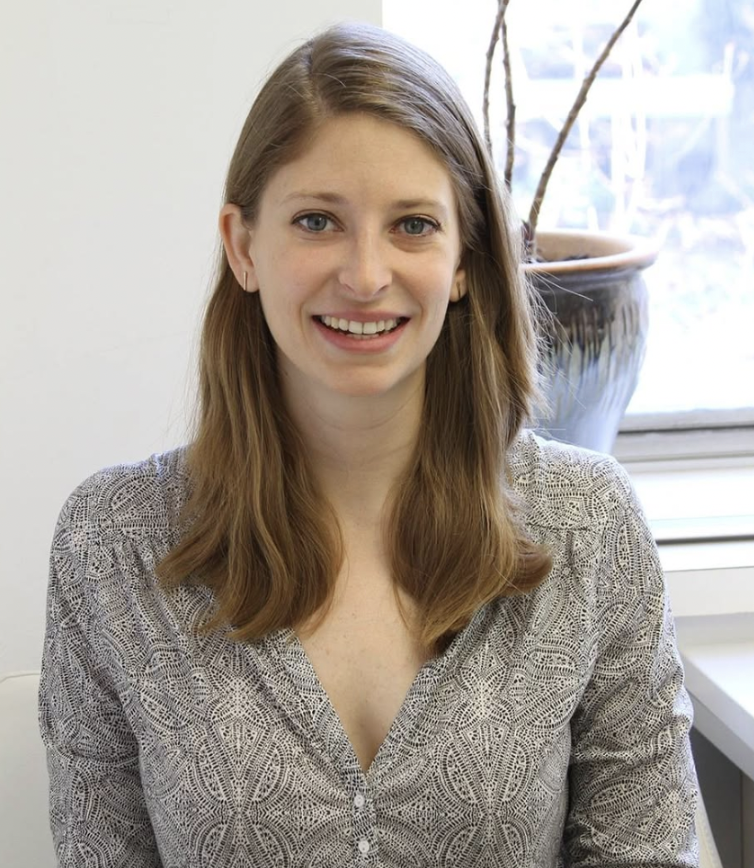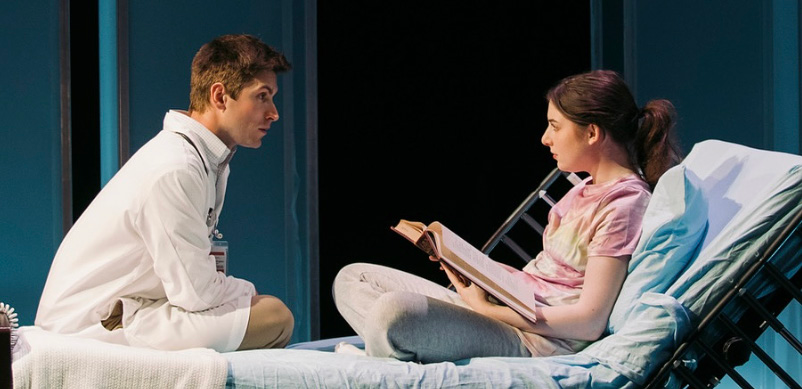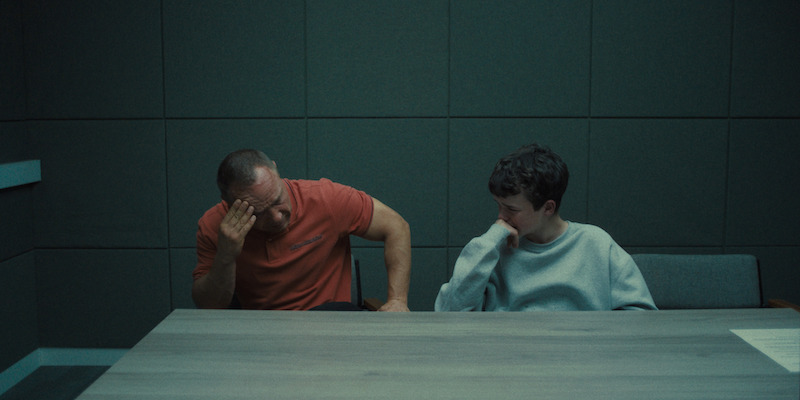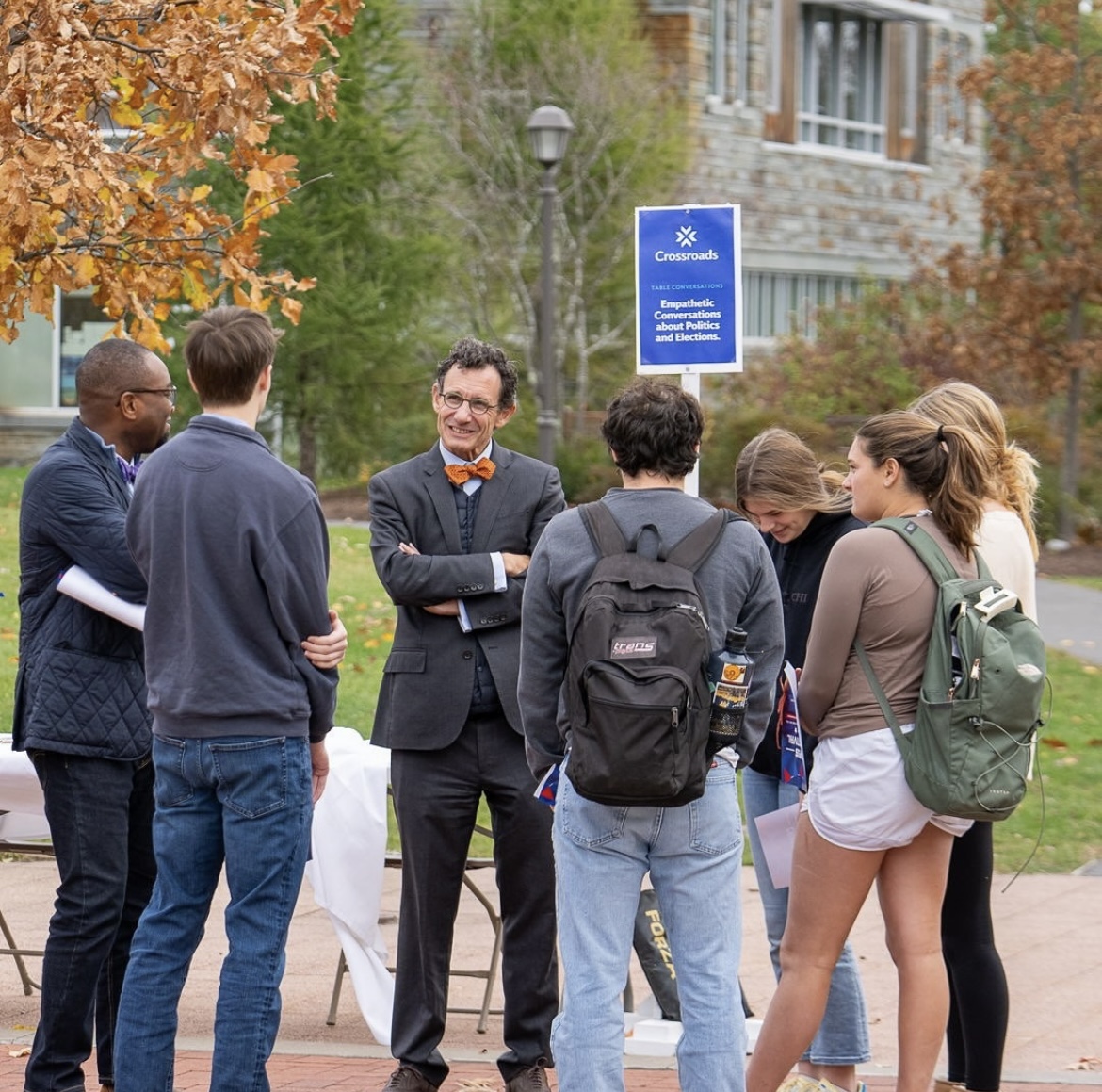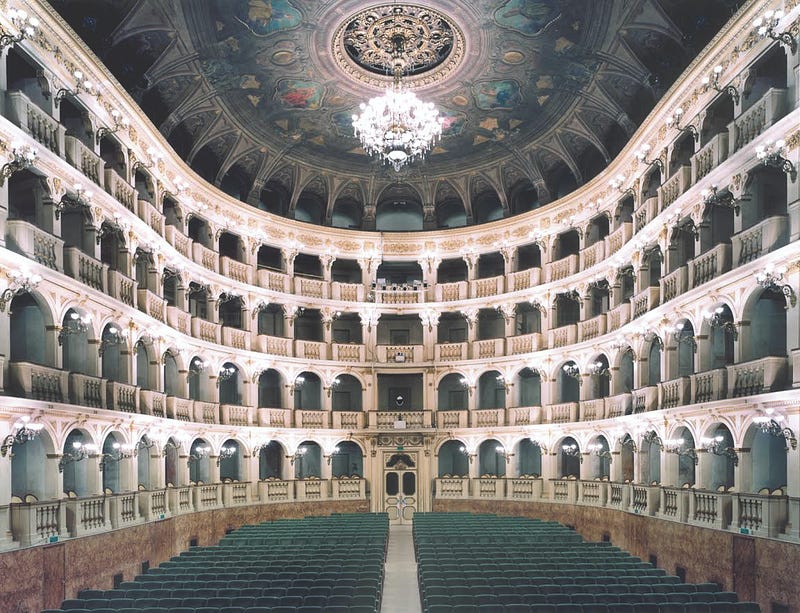
The Ruth and Elmer Wellin Museum of Art will open its new exhibit, “Theaters of Fiction”, on Saturday, Feb. 16. The exhibition features work that examines how the physical and structural aspects of entertainment spaces contribute to the experiences and responses that those environments garner. Rather than focusing on the people, the artwork explores traditional and contemporary theatrical venues, suggesting that the social and cultural contexts of different time periods affect the function and design of these spaces.
Wellin’s Collection’s Curator and Exhibition Manager, Katherine Alcauskas, curated the exhibit, and was inspired by the photographic work of artists Lisa Kereszi and Rhona Bitner.
“I saw an interesting correlation between Kereszi’s work and that of [Bitner], another photographer whose work is in our collection,” said Alcauskas.“Both make work about places of entertainment, but often in their work turn their cameras away from the actors or audience and onto the setting itself: classical theaters in Bitner’s case and more democratic spaces like cinemas and burlesques in Kereszi’s.
“I was aware of the long history of inspiration that the theater had provided visual artists, but hadn’t ever seen an exhibition of works of artists who look outside the performance and the actors or audience to the physical theater itself.”
Following her initial inspiration, Alcauskas began to research and identify more art in this area. This process resulted in an exhibition that contains twenty works created by seven artists — Rhona Bitner, Ceal Floyer, Candida Höfer, Lisa Kereszi, Guillermo Kuitca, Hiroshi Sugimoto, and Carrie Mae Weems (who is based nearby in Syracuse) — who represent five countries and use a multitude of mediums for their work, including collages, installations, and photographs.
Alcauskas saw overarching themes appear in the grouping of artwork as she added more pieces.
“While [the artists’] practices were all very different, they all used the space of the theater to remark upon concepts of escapism, illusion, and artificiality, and as a larger metaphor, often for the creation of art itself,” she said.
Although Alcauskas led the project, she did not complete it alone. She conducted studio visits with Bitner and Kereszi and worked with a number of galleries to gather all of the pieces for the show. She collaborated with each artist to determine the framing and installation requirements for their artwork. The museum’s contact registrar, Sarah Windham, was in charge of organizing the shipping of the exhibit’s art to the Wellin. Alcauskas said that Johnson-Pote Director Tracy Adler and Building Manager and Museum Preparator Chris Harrison “lent their expertise and assisted with the planning and design of the exhibition.”
Harrison also oversaw the exhibition’s preparation, which included leading a group of preparators erecting walls, painting, and hanging work. Museum Educator and Docent Program Supervisor Amber Geary and Curatorial and Programming Coordinator Michelle Reynolds worked on promoting “Theaters of Fiction ”and programming for the accompanying WellinWorks space. Adler and Alcauskas worked with freelance graphic designers Tim Laun and Natalie Wedeking to design the exhibit’s booklet, programming card, and vinyl images for Wellin’s front windows. They also chose to paint a wall in the exhibit green to match colors from Candida Höfer’s
Teatro Comunaledi BolognaI
, which has been acquired for the Wellin’s permanent collection.
“There is a lot of teamwork involved in moving an exhibition along from first idea to final product, but it’s great to finally see it come together in person,” said Alcauskas.
There are multiple upcoming programs and events for the exhibition. WellinWorks is an experimental programming space that has been transformed into a theater to accompany this exhibit. This space will be open to classes and clubs, with classes from the Literature, Studio Art, and Theater departments already incorporating the space into their coursework. The Wellin will also be open late some evenings for some special events for students. Alcauskas says that students should be on the lookout for details about these events.
“There are some fun lighting environments that can be used to change the mood or appearance of your performance […] I think the appeal of the exhibition is that it can be approached from a variety of angles, making it perfect for a liberal arts school,” she said.
Additionally, Alcauskas will give a curator’s tour of the exhibition at 5:00 PM on Monday, Mar. 4, and Bitner and Kereszi will be on-campus to give a lecture at 4:30 PM on Tuesday, Apr. 2 and a gallery walk-through at 4:30 PM on Thursday, Apr. 4.
Alcauskas hopes that “the exhibition inspires viewers to think more about the structures that influence how they consume culture and entertainment, or more generally, how context affects one’s reading of […] anything really, from a scholarly article, to an exhibition, to life itself.”
There will be an opening reception for the exhibition on Feb. 16 from 4:00 to 6:00 PM, which is free and open to the public. The WellinWorks component is open from Feb. 16 to Apr. 14, and the exhibition is open from Feb. 16 to June 9.



